| 1. |
The first page of a book usually displays the title and author's name. What is this page called? 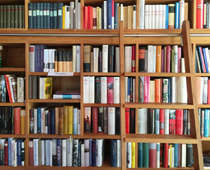
|
||||||||
|
| 2. |
A newspaper is laid out in ____. 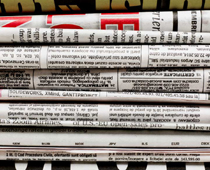
|
||||||||
|
| 3. |
The sentences of explanation found beneath a photo or other image in a text are called ____. 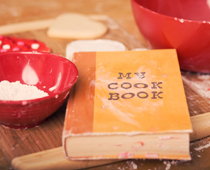
|
||||||||
|
| 4. |
How is an index arranged? 
|
||||||||
|
| 5. |
Non-fiction books often have words printed in bold. The definitions for these words can be found in the ____. 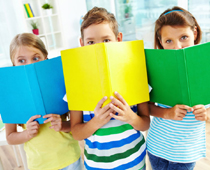
|
||||||||
|
| 6. |
Information in longer books is organised into ____. 
|
||||||||
|
| 7. |
What is a subheading? 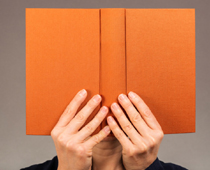
|
||||||||
|
| 8. |
How is a contents page arranged? 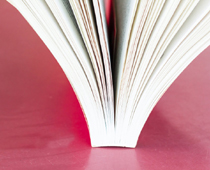
|
||||||||
|
| 9. |
The person who draws or paints the pictures found in a book is called the ____. 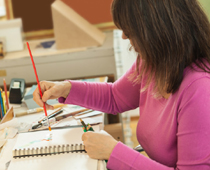
|
||||||||
|
| 10. |
Any text that is more than a few sentences long will be organised into ____. 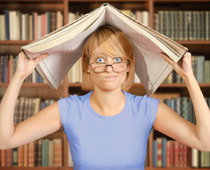
|
||||||||
|
